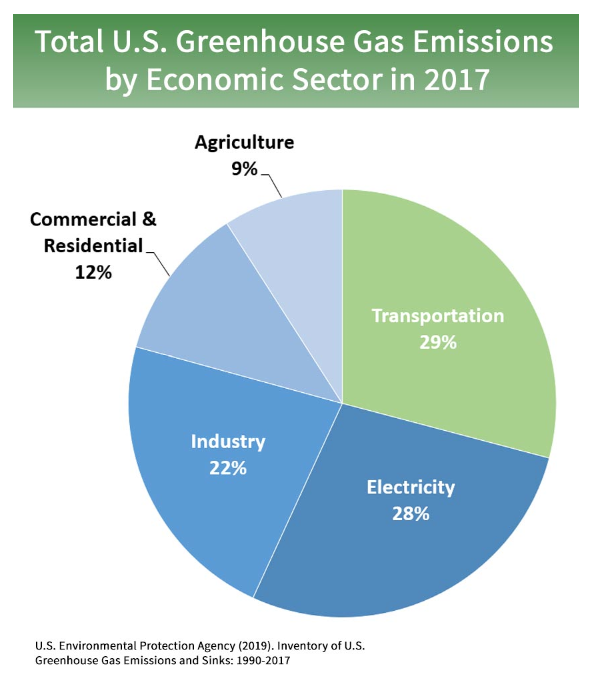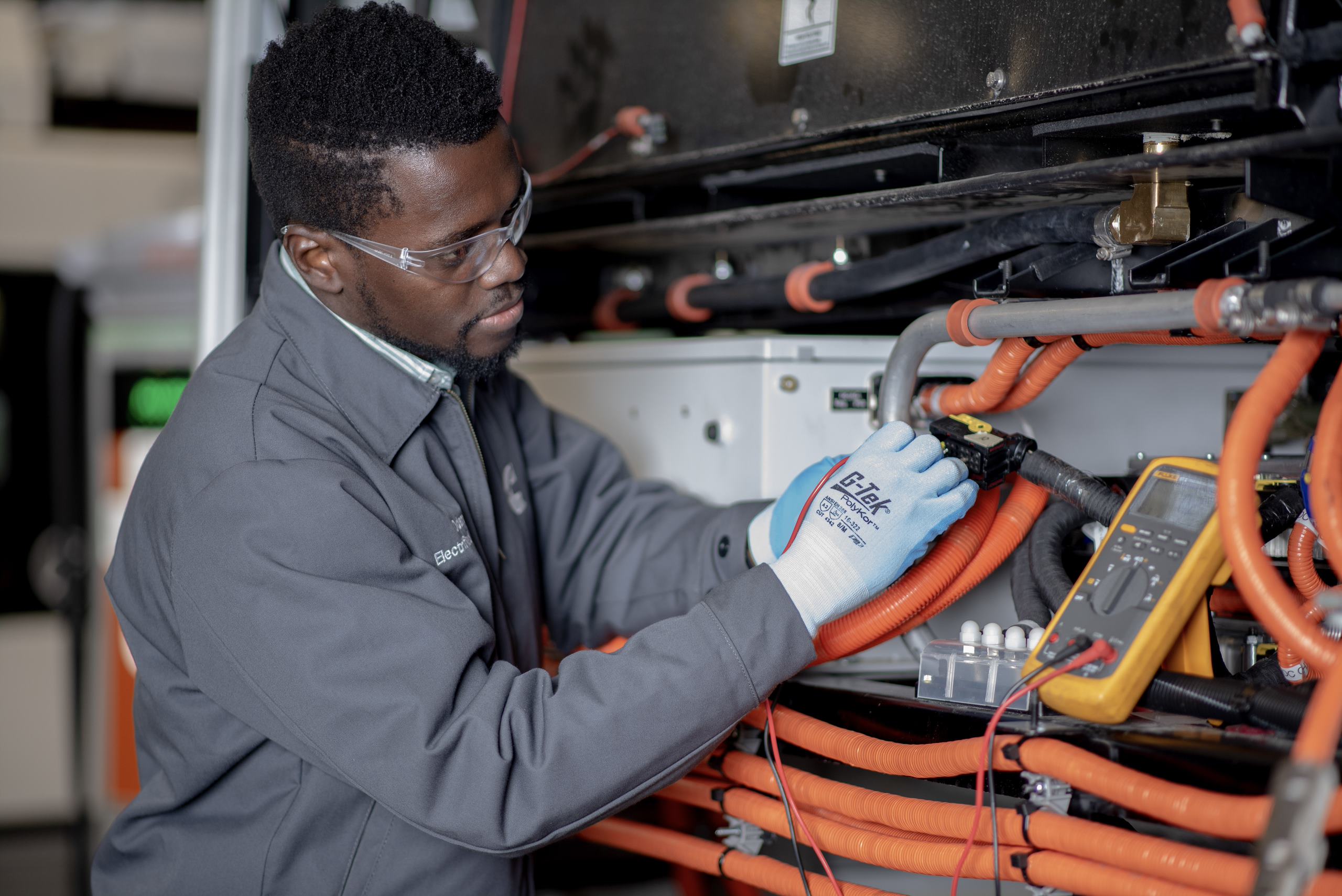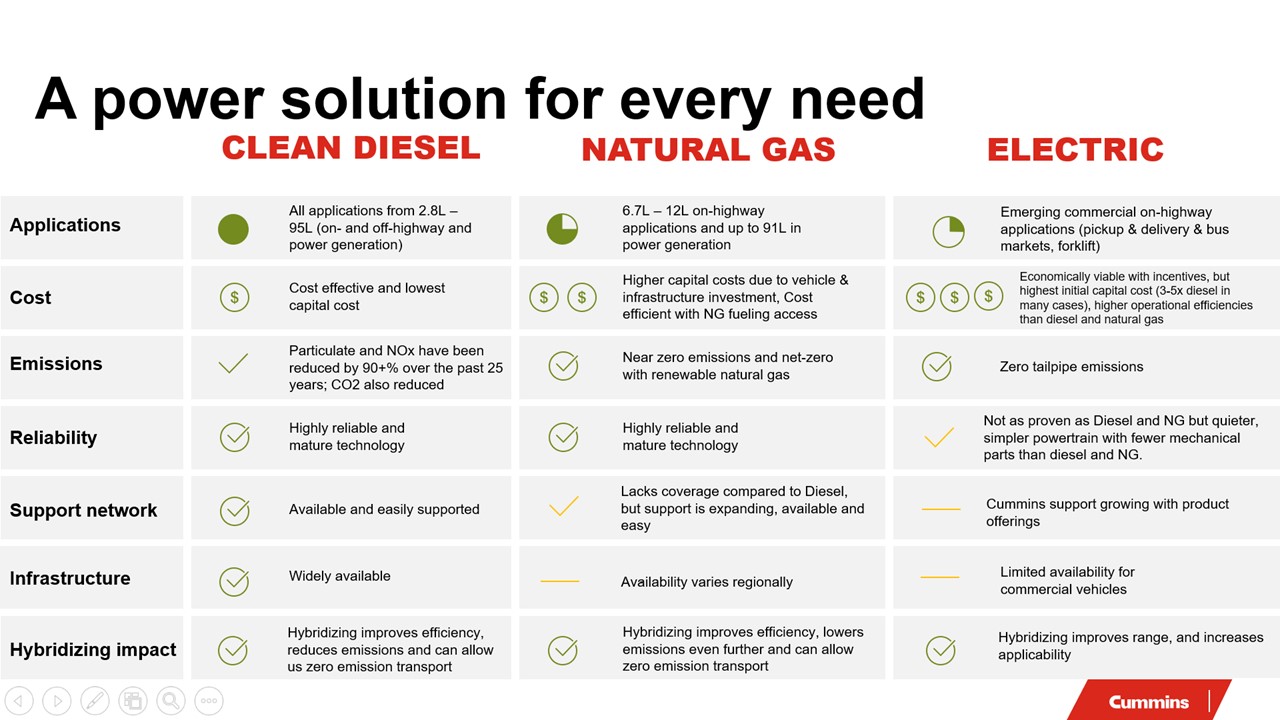Solving the Climate Crisis: Cleaning Up Heavy Duty Vehicles, Protecting Communities
The House Select Committee on the Climate Crisis is holding a hearing on “Solving the Climate Crisis: Cleaning Up Heavy Duty Vehicles, Protecting Communities” on Tuesday, July 16 at 10 a.m in Room 2172 of the Rayburn House Office Building.
Opening Statement from Rep. Kathy Castor
"Moving heavy-duty transportation to cleaner technologies can help right injustices, improve people’s health, and tackle the climate crisis." - U.S. Rep. Kathy Castor
READ REP. CASTOR'S OPENING STATEMENT
Witness Testimony and Resources
Ryan Popple (@rcpopple), President and CEO of Proterra, Inc. (@Proterra_Inc), a company that manufactures zero-emission battery-electric buses. Popple is a U.S. Army veteran and previously worked for Tesla Motors. (Bio)
Read a copy of Ryan Popple’s testimony.
Highlights
Proterra designs and manufactures zero-emission, heavy-duty electric transit buses. The company employs 500 people in Silicon Valley, Los Angeles and South Carolina.
Transportation is now the leading source of carbon pollution in the United States.

More than 141 million Americans live in counties with unhealthy levels of ozone and particle pollution, according to the American Lung Association, and the climate crisis is making air pollution worse. African American, Latino and Asian communities in California are exposed to more particle pollution from cars, trucks and buses than White communities, according to a Union of Concerned Scientists analysis. Further, the lowest-income households in the state live where particulate matter pollution is 10 percent higher than the state average. Households earning less than $20,000 a year and people who don’t own cars suffer vehicle pollution levels about 20 percent higher than the state average.
"...this movement is not just about protecting the environment. It is about creating good-paying jobs and boosting the clean energy economy." - Ryan Popple, CEO of Proterra
Every time a Proterra electric bus with zero tailpipe emissions replaces a diesel bus, carbon pollution is reduced by approximately 230,000 pounds. Electric buses also reduce noise pollution associated with transportation and reduce oil consumption, contributing to national security goals.
In 2017, 13 percent of the global municipal bus fleet was electric. The industry provides direct jobs in manufacturing and engineering and boosts adjacent industries such as composites manufacturing.
Ryan Popple's policy recommendations:
- Increase funding for the Federal Transit Administration's Low or No Emissions Vehicle Program (LowNo).
- Reauthorize the Surface Transportation Bill and integrate the Green Bus Act, which would require new buses purchased with FTA funds to be zero-emissions starting in 2029.
- Adopt a comprehensive infrastructure bill, including funding for heavy-duty electric vehicle fleets and charging infrastructure.
- Continue to cover 85% of the costs of a new electric bus, but reduce subsidies for fossil fuel technology.
- Support the Clean School Bus Act, which helps schools replace diesel buses with electric ones, with a priority for low-income schools.
- Expand the Advanced Technology Vehicles Manufacturing Loan Program at the Department of Energy to include heavy-duty vehicles, making use of funds that have previously boosted technology development at companies like Tesla, Nissan and Ford.
Angelo Logan (@angeloseanlogan), Campaign Director of the Moving Forward Network (@The_MFN). Logan is the co-founder of East Yard Communities for Environmental Justice and has worked with several coalitions focused on protecting public health and advancing environmental justice. (Bio)
Read a copy of Angelo Logan’s testimony.
Highlights
The Moving Forward Network is a national coalition of over 50 member organizations including community-based groups, national environmental organizations, and academic institutions, in over 20 major U.S. cities, representing over 2 million members, committed to resolving the public health harms created by our country’s freight transportation system and achieving environmental justice and climate justice.
Freight transportation - otherwise referred to as goods movement - is a complex system that weaves together seaports, freight corridors, rail yards, intermodal facilities, inland ports and logistic centers. Freight transport worldwide contributes approximately 3 billion tons of CO2. Black carbon is also a result of diesel exhaust. This particulate matter and short-lived climate pollutant has very high global warming potential, by some estimates 600 times higher than CO2.
The freight transportation sector accounts for roughly 9% of U.S. carbon pollution. In the next couple of decades, it is expected that ocean going vessels alone will account for about 17% of all carbon pollution.
To give you a sense of who is hits first and worst when we talk about the climate crisis and freight transport, 13 million people live near major marine ports and rail yards. These communities are disproportionately low-income communities of color and have increased health risks from climate change harm and the toxic air pollution for which this industry is responsible. Epidemiologic studies have consistently demonstrated that children and adults living in close proximity to freight transportation sources have poorer health outcomes, including but not limited to: asthma, poor lung development, and other respiratory diseases.
Angelo Logan's policy recommendations:
- Oppose any provisions to transportation bills that would weaken the Clean Air Act.
- Don't grant exemptions to the Clean Air Act or National Environmental Policy Act for specific projects, such as highways, channel deepening or bridge raising.
- Advance environmental justice by cutting carbon pollution at its source.
- Increase funding for Environmental Justice grants programs at EPA and through the Diesel Emissions Reduction Act
- Target funding to applicants that meet strict criteria, including meaningful health risk and pollution reduction goals.
- Couple funding programs with regulatory requirements to incentivize early compliance with pollution reductions.
- Require EPA to adopt a targeting strategy for reducing pollution from the freight sector, including new national standards and more guidance to states where freight activities violate national air quality standards.
- Advance existing standards for heavy-duty trucks, create new standards for ocean-going vessels and adopt Tier 5 standards for locomotive engines.
- Keep engaging with communities to develop strategies that advance environmental and climate justice.
Michelle Romero (@michelledreams2), National Director for Green for All (@GreenForAll). Romero leads Green for All’s work to create an inclusive green economy and shift resources from polluters to communities suffering from pollution. (Bio)
Read a copy of Michelle Romero’s testimony.
Highlights
We've all had the experience of driving behind a truck or bus as it belches out huge clouds of black smoke. These vehicles are some of the oldest, dirtiest and most harmful ones still on the roads today. Growing evidence links emissions from diesel and gasoline-powered vehicles to low birth weight, asthma, cardiovascular illness, and even cognitive issues like autism and Alzheimer's.
"...there are now more premature deaths from traffic-related pollution than traffic-related accidents." - Michelle Romero, Green for All
Low-income communities and people of color are at the highest risk for transportation-related health harms. After decades of unfair housing, lending, highway planning, and facility siting practices, these communities find themselves living near busy highways, diesel truck and bus routes, ports and distribution centers–all major sources of transportation pollution. Research tells us that African-Americans in the United States are 3 to 4 times likelier to be hospitalized and die from asthma compared to Whites. Similarly, Latinos are twice as likely to be hospitalized from asthma.
One major area where we can cut pollution is in our school bus fleet. There are close to half a million school buses in operation in the United States, and 90% of those are run on diesel. With over 55% of K-12 students riding school buses everyday, children are especially vulnerable to tailpipe pollution - that’s over 25 million kids gaining exposure to known toxins and carcinogens that increase their risk of not only asthma, but cancer and other serious disease.
Green For All, with its partners Clean Energy Works, the Chispa League of Conservation Voters, and Mothers Out Front, launched the #FuelChange campaign, an effort to accelerate the transition to a clean, zero-emission transportation future, starting in underserved and pollution-burdened communities.

Michelle Romero, Green For All National Director; Tim Shannon, Twin Rivers USD Transportation Director, Dr. Holmes Hummel, Clean Energy Works' founder.
Twin Rivers Unified School District in Sacramento, California was the first school district to buy an electric bus, and now has the largest electric school bus fleet in the country with 25 electric buses. Right now, buying electric is double or triple the price of diesel, approximately $120,000 or more. If we can help schools overcome the upfront cost, we can accelerate the transition and reap immediate benefits. According to Clean Energy Works, it would take $6 billion to cover the upfront cost barrier to electrify just 10% of the nation's school bus fleet over the next 5 years.
Michelle Romero's policy recommendations:
- Support the Clean School Bus Act to help schools in low-income neighborhoods to go from dirty diesel to zero-emissions electric buses.
- Support provisions that would provide $1 billion over five years through the Department of Energy to spur increased adoption of this clean technology.
- Prioritize public and private funds to the neighborhoods most in need.
Tony Satterthwaite, President, Distribution Business at Cummins, Inc. (@Cummins). Cummins is a Fortune 500 engine manufacturing company and its distribution business employs more than 16,000 people globally. (Bio)
Read a copy of Tony Satterthwaite’s testimony.
Highlights
Cummins is a 100-year-old business founded and headquartered in Columbus, Indiana. As a business, Cummins embraced regulations more than 20 years ago and developed solutions that enabled it to meet standards that reduced particulate emissions in the diesel engine by 90 percent, and NOx by 95 percent while improving fuel-efficiency.

Cummins products are in a wide range of applications including small passenger trucks, tractor-trailers, pick-up and delivery trucks, as well as transit and school buses. Cummins also works on refuse trucks, mining equipment, oil-and gas operations, passenger trains and tug boats as well as mobile power systems that support the military and critical backup power systems that keep data centers and hospitals up and running.
In 2006, Cummins joined the EPA Climate Leaders Program and supports the agency's Cleaner Trucks Initiative (CTI), which establishes standards to reduce NOx emissions from heavy-duty trucks.
Tony Satterthwaite's policy recommendations:
- Focus on goals in programs rather than focusing on specific technologies.
- Support robust and consistent investment in research and development, including through grants and public-private partnerships.
- Invest in low-emission technology infrastructure, including for electric vehicles, hydrogen and natural gas fueling.
- Support low or no-carbon sustainable fuel choices.
